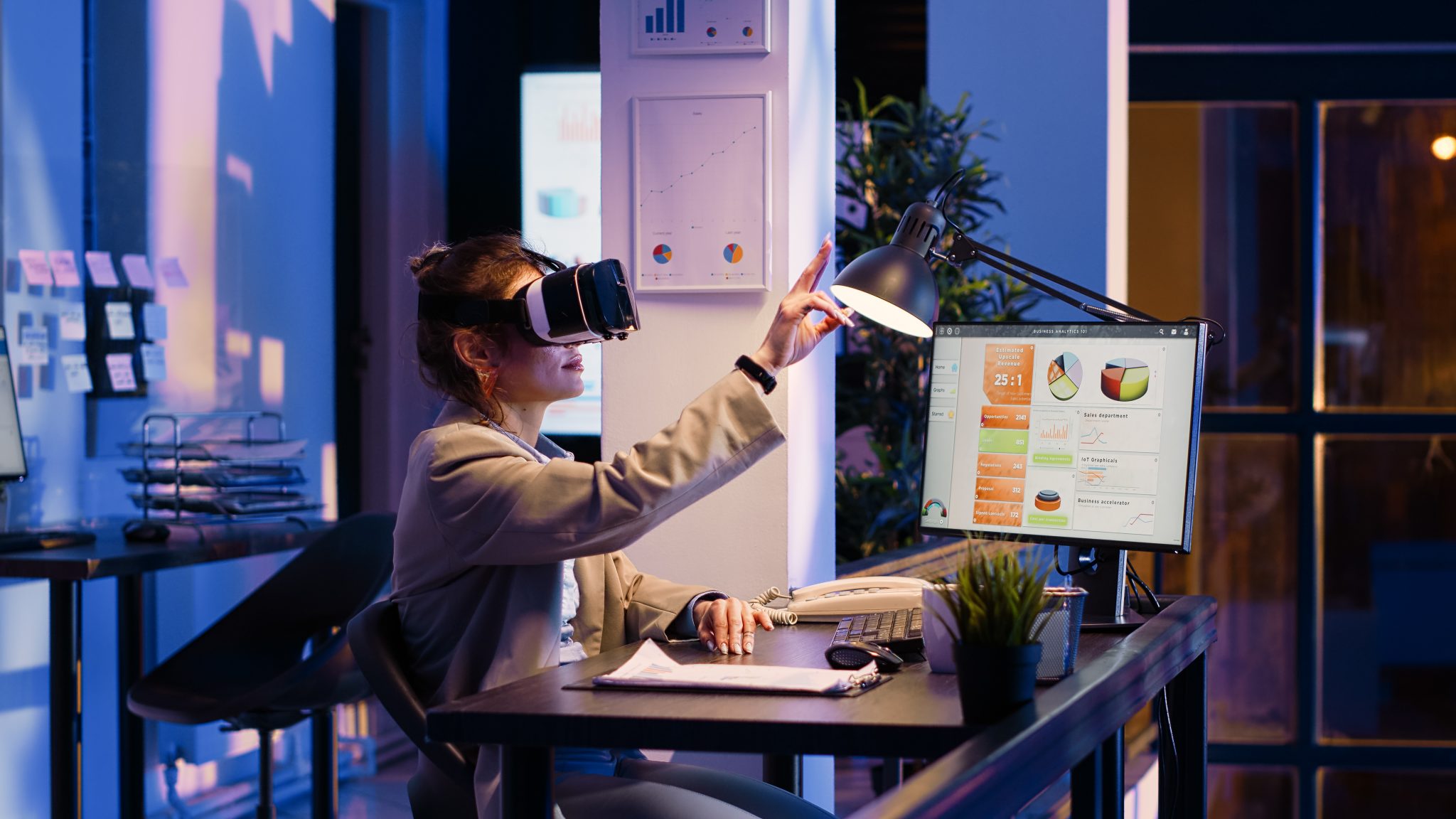Unlocking New Possibilities: How Embracing Digital Transformation Boosts Creativity and Opens Doors for Creative Pros
In today’s fast-paced, tech-driven world, creative professionals—from graphic designers and musicians to writers and filmmakers—are discovering that digital transformation isn’t just a buzzword; it’s a vital game-changer. The digital era has redefined the way we create, share, and grow our careers, making it easier than ever to push the boundaries of your craft, reach wider audiences, and streamline your workflows.
Gone are the days where creative work was limited by physical space or traditional methods. Thanks to cloud-based project management platforms, you can keep your team connected regardless of your location. Software like Adobe Creative Cloud allows artists to experiment with different ideas swiftly, make edits on the fly, and collaborate with clients or team members without missing a beat. Digital tools also facilitate faster iteration, giving professionals the freedom to test new concepts without the restraints of time or resources.
One of the most exciting aspects of digital transformation is its power to help creative professionals showcase their work directly to the world. Social media channels—Instagram, TikTok, YouTube, and more—allow artists to build personal brands and engage audiences without relying on traditional gatekeepers like galleries, publishers, or record labels. This direct-to-fan approach not only fosters more meaningful connections but also enables creatives to monetize their work in ways that weren’t possible before.
Furthermore, digital tools foster collaboration on an entirely new level. Artists, designers, writers, and filmmakers from around the globe can team up easily, sharing ideas, files, and feedback in real-time. This accelerates projects and introduces diverse perspectives that enrich the creative process. Digital transformation encourages a more inclusive and dynamic creative community, where talent isn’t bound by geography.
Overall, embracing digital transformation means more time for the creative process and less time bogged down by mundane tasks. Automated workflows, integrated platforms, and intelligent tools help creative professionals focus on what they love—creating art that’s innovative, compelling, and impactful. Whether you’re starting out or looking to evolve your existing practice, understanding how digital tools can amplify your work is essential to staying relevant and inspired in today’s vibrant creative economy.
How Digital Tools and Strategies Are Revolutionizing Creative Workflows and Empowering Individual Expression in the Modern Era
The digital revolution isn’t just about showcasing your work online; it’s about fundamentally changing how creative pros create, collaborate, and build their careers. The vast universe of digital tools at our fingertips unlocks a wealth of possibilities that were unimaginable just a decade ago. From AI-powered design software to immersive virtual reality experiences, these technologies are redefining what’s possible creatively.
For instance, a musician today can produce studio-quality tracks right from their laptop using digital audio workstations like Ableton Live or FL Studio. This democratizes music production, allowing indie artists to craft professional sounds without expensive studio time. Visual artists can experiment with digital installations, augmented reality (AR), or even virtual reality (VR), creating immersive experiences for audiences. Filmmakers and storytellers have distribution platforms like Vimeo or YouTube, plus online marketplaces like Amazon Prime or Netflix, enabling them to get their work directly to viewers worldwide without waiting for traditional industry gatekeepers.
Digital transformation also levels the playing field. Small studios and individual creatives now have access to the same high-quality tools and resources as major production houses, making competition fairer and more vibrant. Tools like Canva or Figma give designers powerful, easy-to-use platforms to create stunning visuals without years of training.
Data is another game-changer. Audience insights and analytics platforms help creatives understand what resonates with viewers and followers. This allows for smarter content production, targeted marketing, and organic community growth. You get to tailor your art and messaging based on real-time feedback, which can lead to more meaningful engagement and stronger fan loyalty.
Cloud storage and collaborative platforms like Dropbox, Google Drive, or Notion make teamwork seamless across continents and time zones. Large projects—think film productions or multi-panel art installations—become more manageable and efficient when everyone’s working from the same digital space.
Most importantly, digital tools promote continuous experimentation. Creatives are no longer confined to traditional mediums or styles—they can dive into new genres, explore emerging tech, and push their artistic boundaries without significant risk. This culture of innovation and learning is vital in an ever-changing landscape.
In essence, understanding and leveraging digital strategies isn’t just a bonus; it’s a necessity for any creative professional who wants to thrive today. As technology continues to evolve, those who embrace it will find more opportunities for growth, expression, and influence, turning their ideas into impactful works that reach the world.
Conclusion
Digital transformation is transforming the creative world in ways none of us could have imagined a few decades ago. It unlocks new possibilities for individual expression, makes collaboration easier, and removes barriers that once limited creative endeavors. For creative professionals, staying ahead in this digital age isn’t optional—it’s the key to unlocking your full potential. Embrace the change, harness the power of cutting-edge tools, and let your creativity soar in the limitless digital landscape.











